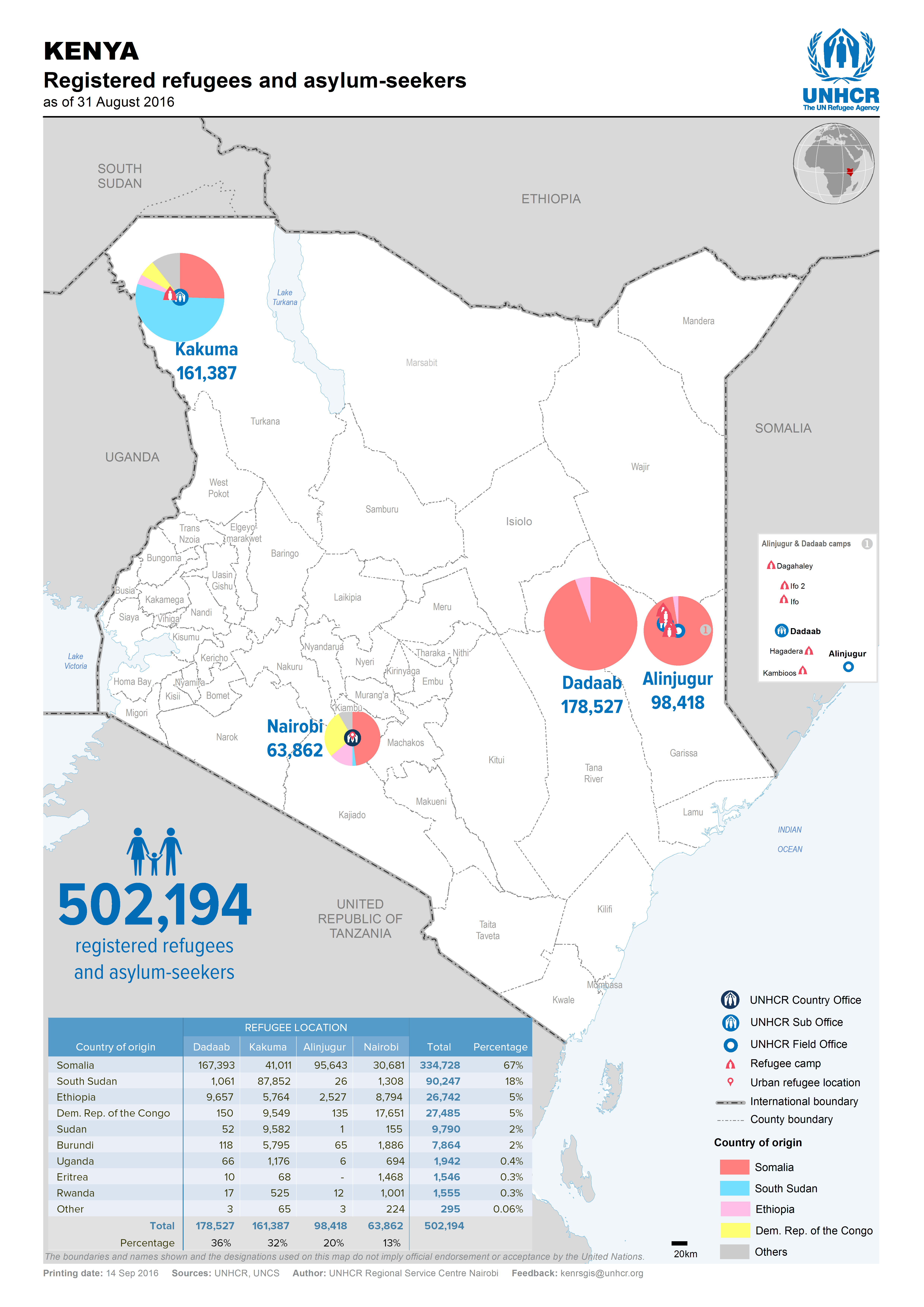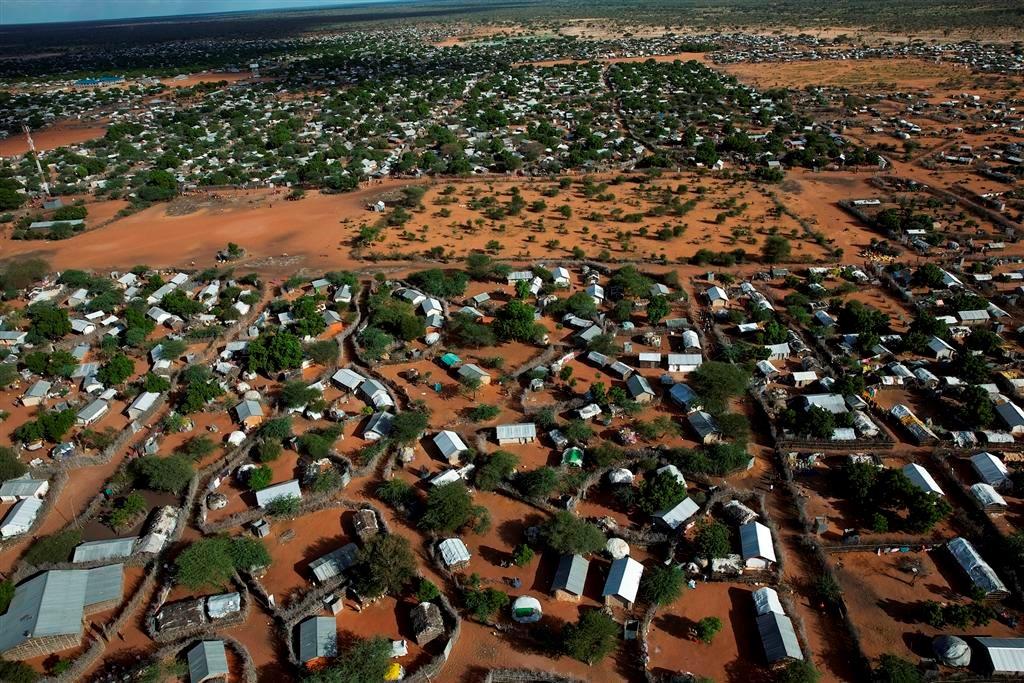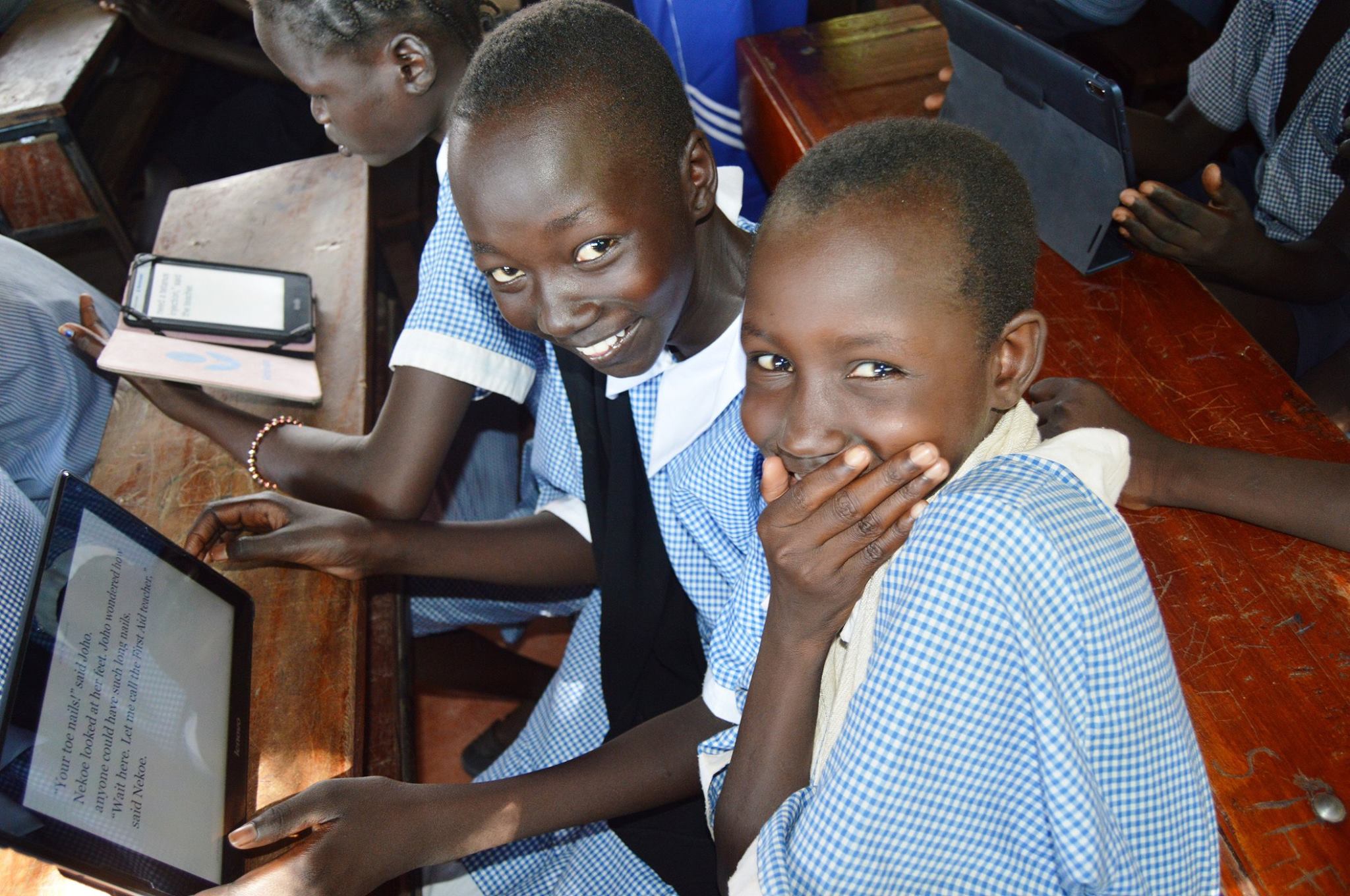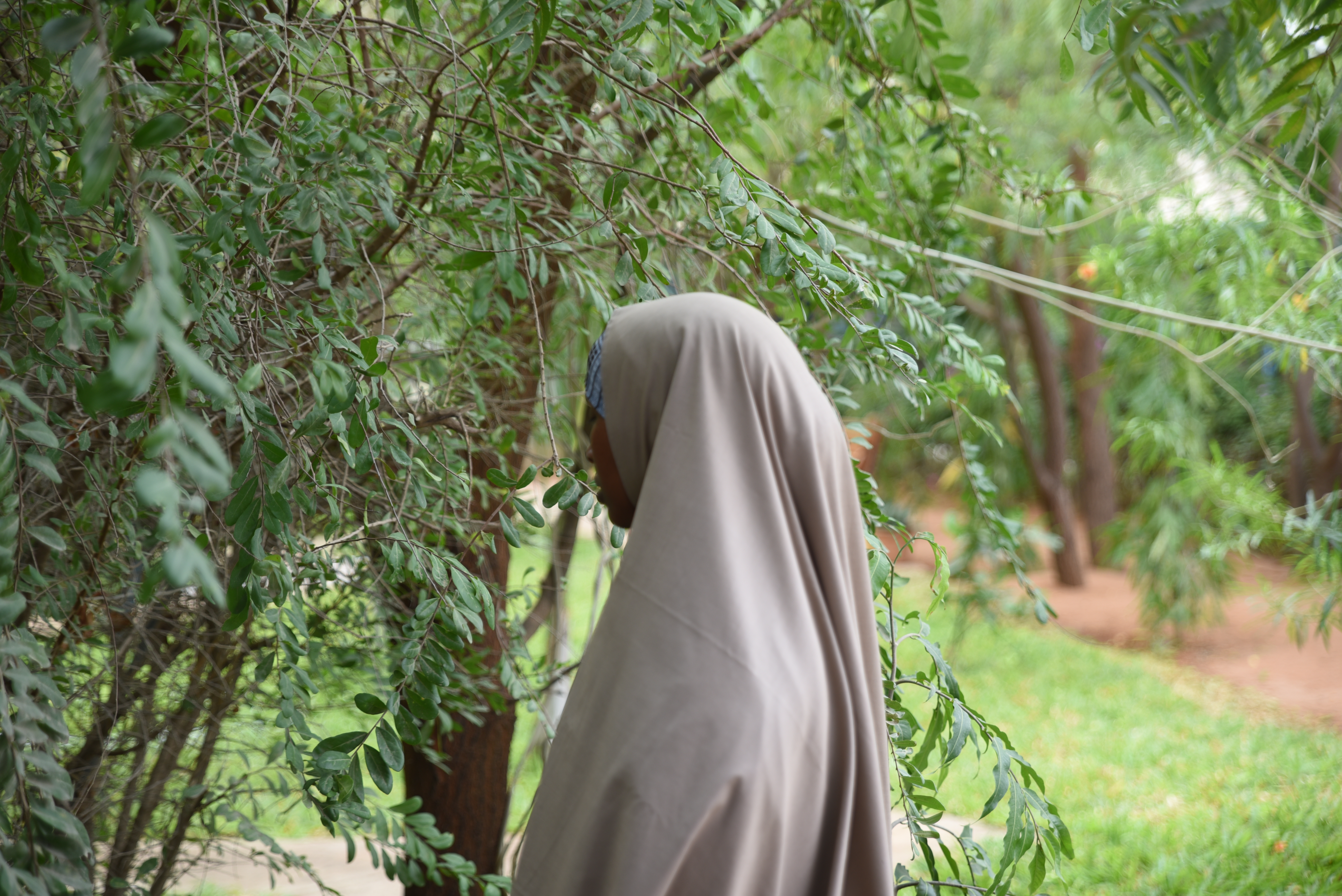Figures at a Glance
The Kenya refugee operation is often cited as an example of a protracted refugee situation with traditional refugee camps in place for the past 20 or so years.
The Kenya refugee operation is often cited as an example of a protracted refugee situation with traditional refugee camps in place for the past 24 years. In the last four years, however, the operation has been anything but static in responding to two major influxes from neighbouring countries while undergoing a transition in terms of partnerships and innovations in assistance delivery.
Facts and figures are vital to UNHCR for planning and preparedness. When a major forced displacement crisis erupts the global refugee agency needs to know how many people need help, how much money and aid is needed to help them, and how many staff are needed for any given operation.
The overall resources programmed in the Kenya refugee operation in 2015 amounted to $111.1 million for protection and basic services. In addition, $126 million was required for the food aid, of which World Food Programme (WFP) secured some 35% ($42.2 million). The total funding which was expected to be secured for the operation at the beginning of the year amounted to some $187.9 million which represents a decline of 18% compared to 2014. UNHCR and its partners in Kenya, in collaboration with donor representatives in Kenya, have been revising the traditional business practice by reviewing how and where available resources are directed.
It is difficult to ascertain the exact number of stateless people. However, Kenya is host to an estimated 20,000 stateless persons. The Kenya operation is currently implementing the recently launched UNHCR Global Action Plan to End Statelessness within ten years. The Global Action Plan (GAP) recognizes ten actions that, if undertaken by States and key stakeholders, could resolve the problem of statelessness within a decade.
The UNHCR Kenya Operation data and figures can be found here.




